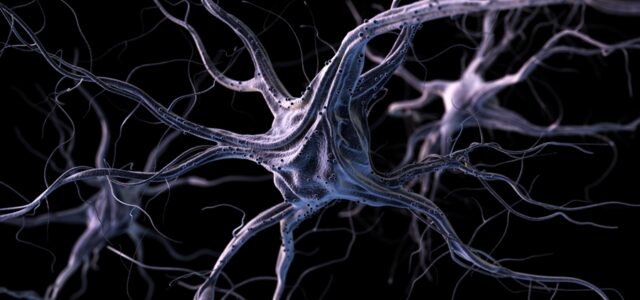Call for your appointment today 914-666-4665 | Mt. Kisco, New York

Multiple studies indicate that neurotransmitter levels can be “related to measures of behavioral outcomes, such as memory, reaction timing,” writes Oeltzschner in the journal Neurobiology of Aging. “These relationships can be region-specific.” Their results might lead to new insights to the brain of Lyme disease patients.
Measuring these levels, he adds, “could be a promising way to find out more about the inner workings of the disease and how it proceeds.”
Tognarelli agrees, writing, “Magnetic resonance spectroscopy (MRS) provides a non-invasive ‘window’ on biochemical processes within the body.”²
“The clinical use of in vivo magnetic resonance spectroscopy (MRS) has been limited for a long time, mainly due to its low sensitivity,” explains Marinette van der Graaf.³
[bctt tweet=”Could advanced imaging help identify cognitive impairment in patients with Lyme disease?” username=”DrDanielCameron”]
“However,” she points out, “with the advent of clinical MR systems with higher magnetic field strengths such as 3 Tesla, the development of better coils, and the design of optimized radio-frequency pulses, sensitivity has been considerably improved.”
A study by Oeltzschner and colleagues looked at 13 people with mild cognitive impairment and found significant differences in several neurotransmitter levels relative to total creatine (tCr) when compared to healthy controls.
Results indicated patients with mild cognitive impairment had:
- Decreased levels of g-aminobutyricacid (GABA);
- Decreased levels of glutamate (Glu);
- Decreased levels of N-acetylaspartate (NAA);
- Increased levels of inosito (mI).
Oeltzschner from The Johns Hopkins University School of Medicine recommended additional studies “to improve the understanding of the regional specificity of brain metabolite changes and their effects on different domains of cognitive function.”
Editor’s Note: How about measuring the neurotransmitter levels in the brain of Lyme disease patients?
Related Articles:
Oppositional behavior in children with Lyme disease
Can we measure the brains exaggerated response to pain and sensory input?
What happens to the brain during acute Lyme neuroborreliosis?
References:
- Oeltzschner, G. et al. Neurometabolites and associations with cognitive deficits in mild cognitive impairment: a magnetic resonance spectroscopy study at 7 Tesla. Neurobiol Aging. 2019 Jan;73:211-218.
- Joshua M. Tognarelli. Magnetic Resonance Spectroscopy: Principles and Techniques: Lessons for Clinicians. J Clin Exp Hepatol. 2015 Dec; 5(4): 320–328.
- Marinette van der Graaf. In vivo magnetic resonance spectroscopy: basic methodology and clinical applications. Eur Biophys J. 2010 Mar; 39(4): 527–540.



